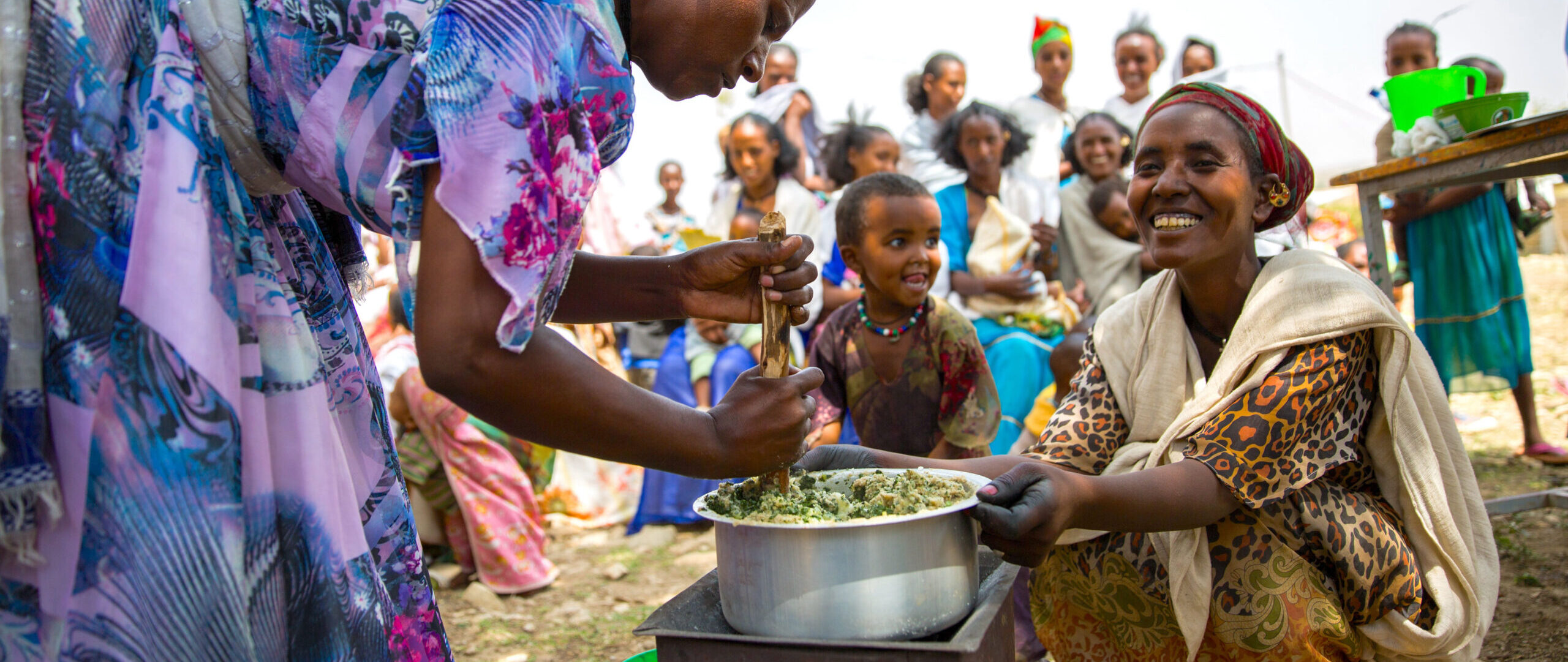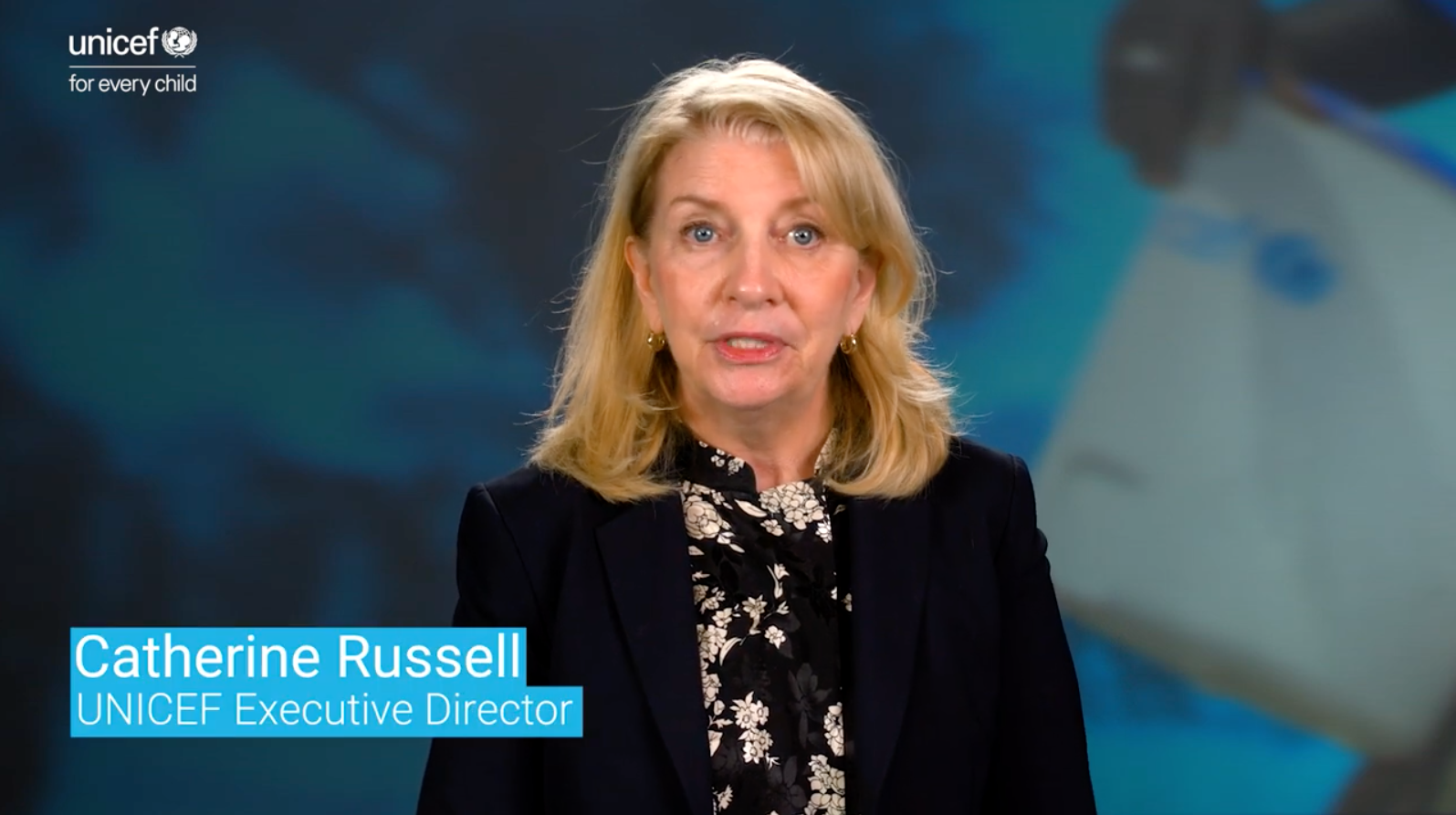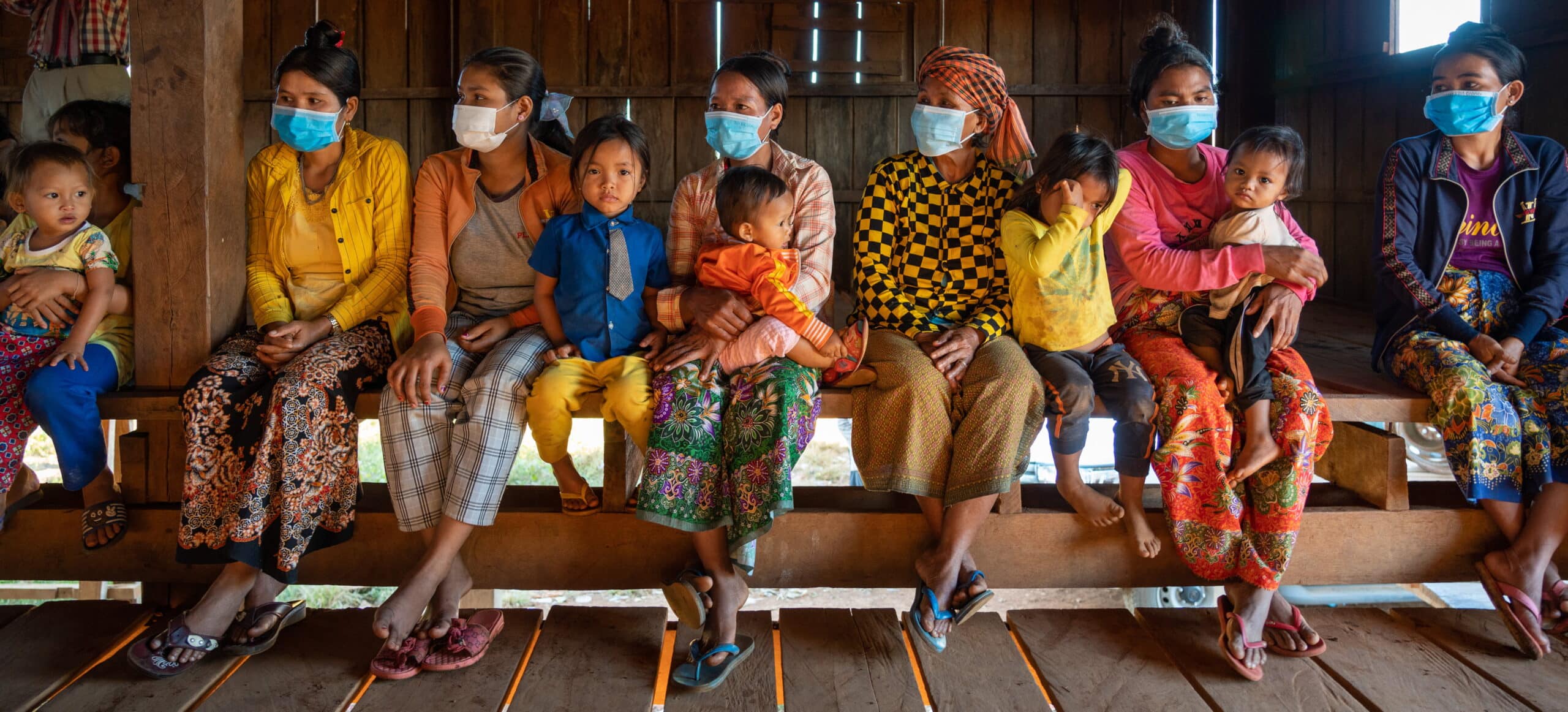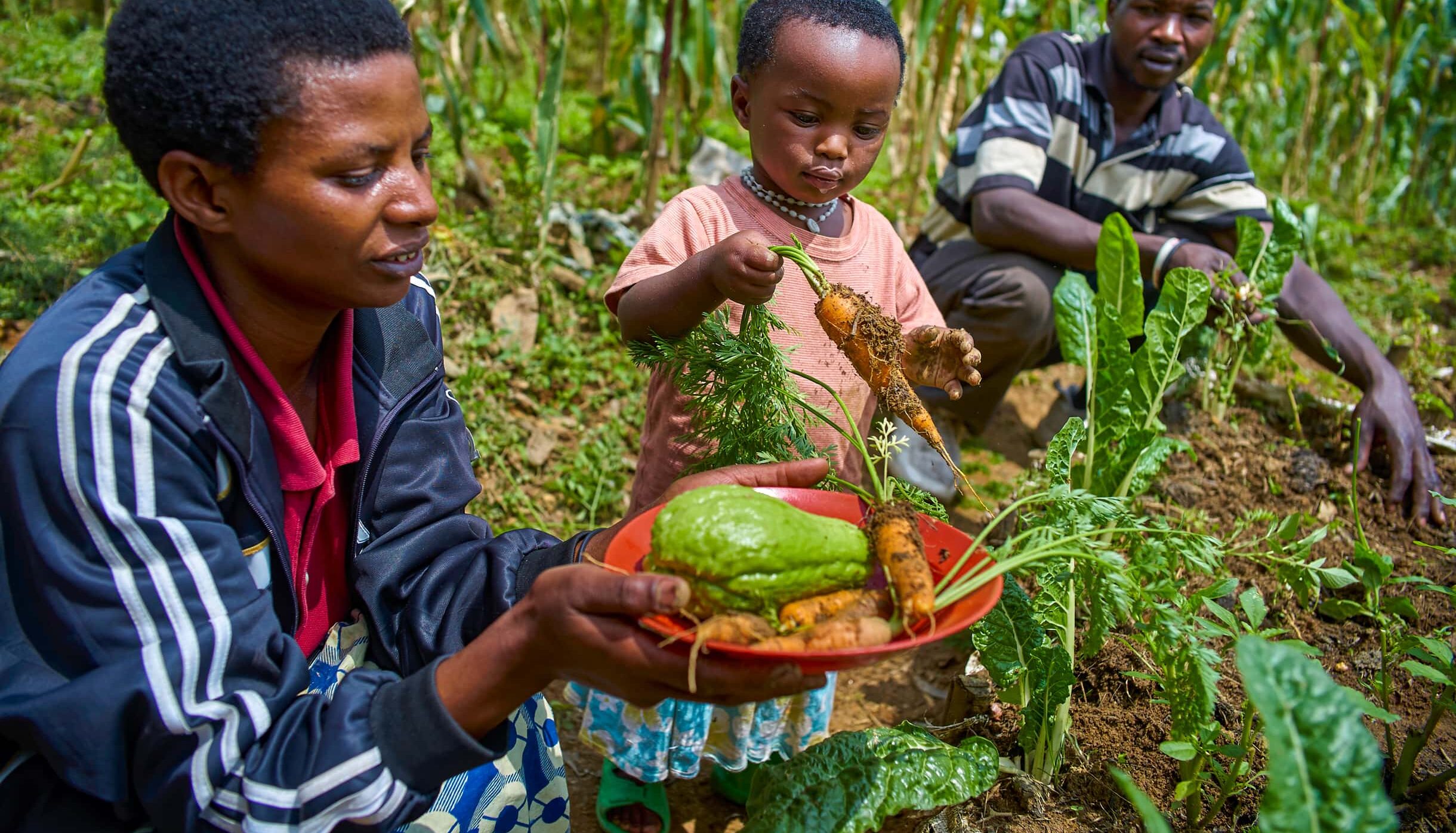The State of Food Security and Nutrition in the World 2022
Repurposing food and agricultural policies to make healthy diets more affordable

The 2022 edition of The State of Food Security and Nutrition in the World (SOFI) highlights the intensification of the major drivers of food insecurity and malnutrition: conflict, climate extremes and economic shocks, combined with growing inequalities.
Despite hopes that the world would emerge from the COVID-19 pandemic and food security would begin to improve, world hunger rose to as many as 828 million in 2021 following a sharp upturn in 2020 in the midst of the COVID-19 pandemic. Severe food insecurity became more prevalent with 11.7 per cent of the global population facing food insecurity at severe levels. The number of people unable to afford a healthy diet around the world also rose by 112 million – to almost 3.1 billion, providing additional evidence that more people were not able to access safe, nutritious, and sufficient food.
The report notes that despite progress in some regions, global trends in child undernutrition – including stunting and wasting, deficiencies in essential micronutrients, and overweight and obesity in children, continue to be of great concern. An estimated 45 million children under five years of age suffer from wasting, 149 million have stunted growth and development due to a chronic lack of nutritious food in their diets while 39 million are affected by overweight. Further, maternal anaemia and obesity among adults especially, continue to be alarming. And low and lower-middle income economies bear the greatest burden of stunting, wasting, low birthweight and anaemia cases.
Disparities in the impact of the COVID-19 pandemic and the recovery, together with the limited coverage and duration of the social protection measures and other emergencies threaten progress towards SDG2 to end hunger and all forms of malnutrition. The Russia–Ukraine conflict, involving two of the biggest global producers of staple cereals, gas and fertilizer, is disrupting supply chains and further affecting prices of grain, fertilizer and energy. At the same time, more frequent and extreme climate events are disrupting supply chains, especially in low-income countries. No dimension of food security and nutrition is left unaffected by the combination of such unfortunate events.
The global burden of malnutrition across country income groups
Low- and lower-middle-income economies bear the greatest burden of stunting, wasting low birthweight, and anaemia cases while upper-middle- and high-income economies have the greatest burden of obesity cases
This year’s report focuses on multisectoral reforms to repurpose support to food and agriculture accompanied by policies that promote shifts in consumer behaviors along with social protection policies to mitigate unintended consequences of reforms for vulnerable populations. A key recommendation of the report is that governments start rethinking how to reallocate their existing public budgets to make them more cost-effective and efficient in reducing the cost of nutritious foods and increasing the availability and affordability of healthy diets, with sustainability and leaving no one behind.
The UNICEF/USAID/WHO Agile Core Team for Nutrition Monitoring (ACT-NM) has developed a comprehensive Analytical Framework that can help policymakers to better identify and assess the various pathways and systems that can affect nutrition outcomes. Stakeholders can use this tool for planning policies, programmes, and interventions to mitigate the impact of the major drivers of malnutrition.


